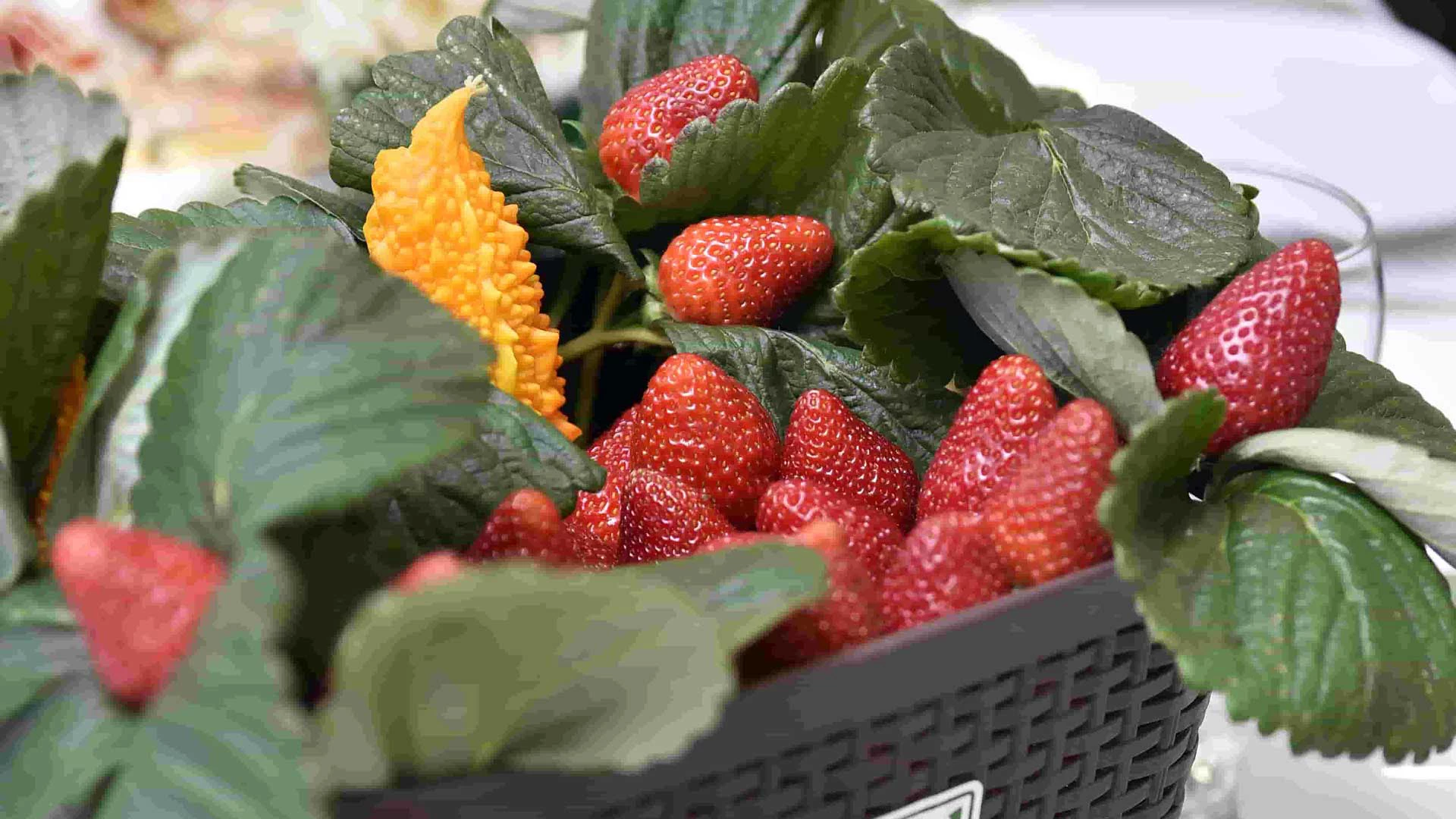Growing strawberries and raspberries might seem like an endeavor that’s far removed from the realm of politics. But in Armenia, one of the first countries to privatize land after the collapse of the Soviet Union, the fledgling market economy has offered greenhouse growers new opportunities to compete. Increased demand for Armenia’s greenhouse products—not just berries, but vegetables and flowers as well—has presented farmers with fresh possibilities for export.
To meet export conditions—especially in brand-new markets throughout the Middle East and Europe, in addition to Russia—Armenia’s greenhouse sector needed to modernize. For example, its compliance with food safety requirements didn’t meet other nations’ regulations; there was no standard packaging; and classification and sorting of products by size, color, ripeness, firmness, or softness couldn’t be ensured. Limited labor market skills, poor infrastructure, and legal and regulatory obstacles also blocked Armenian agribusinesses from linking into global supply chains.

The World Bank Group began working with Armenia’s government in 2016 through its Investment Policy and Promotion/Agri project to prepare the ground for the greenhouse sector’s expansion. The project, implemented by IFC, has been supported by the Facility for Investment Climate Advisory Services (FIAS), funded by Austria’s Ministry of Finance.
IFC’s work in Armenia supports exporting companies aiming to increase their share in international markets. It includes guidance on diversifying the country’s agri-food exports. Since the project began, more Armenian companies now export berries to the European Union, and last year two companies entered markets other than the Eurasian Economic Union and the European Union. Another three medium-sized companies are now exporting flowers, and the overall export volume of flowers has increased from around 755 tons in 2016 to almost 1,300 tons in 2018.
We have also helped the greenhouse sector build capacity by devising training for its local workforce—a process that prepares the next generation of agri specialists to offer their home-grown harvests to even more consumers.
Yielding Local Benefits
IFC’s support to the greenhouse sector yielded another sort of harvest. Our Global Trade Finance Program engaged with Ameriabank, a long-term IFC client in Armenia, to provide a unique medium-term trade finance solution to Greenfood, a local greenhouse company. This helped the company extend the terms of financing energy-efficient greenhouse equipment and facilitate importing of that equipment. These efforts will triple Greenfood’s current greenhouse capacity and allow the company to diversify production. While the company is looking at possibilities to export its products to European markets, it has also participated in an IFC-led dialogue on exporting agriproducts.
Greenfood’s growth strengthens the economy of the Shirak region, a rural area where the company employs a workforce comprised of nearly 85 percent women. The number of jobs is expected to increase by 20 percent.
Greenfood anticipates that the next phase of its growth will also benefit the environment. Its new, modern agro-tech equipment reduces carbon monoxide emissions and builds capacity for new production.
Together, these enhancements will “greatly improve the quality of our production,” says Andranik Ignatosyan, Greenfood LLC director. “As a result, our products will be more competitive and will secure higher profitability.”
Join the conversation: #IFCimpact
Published in September 2019

